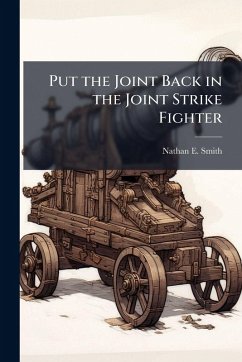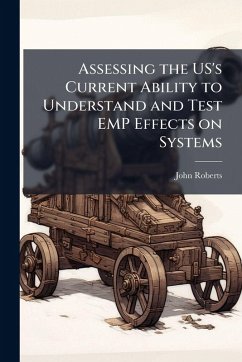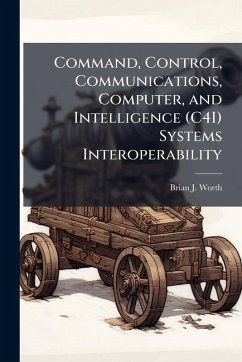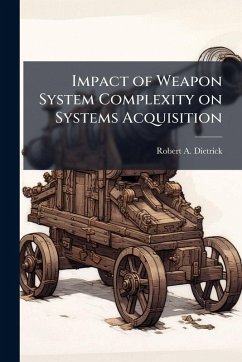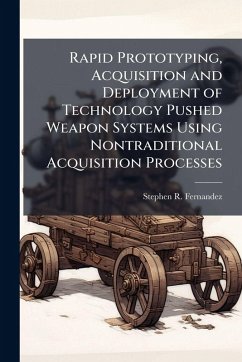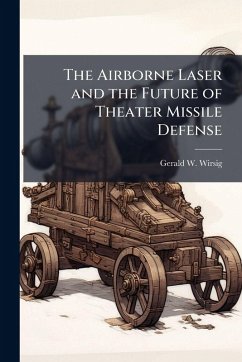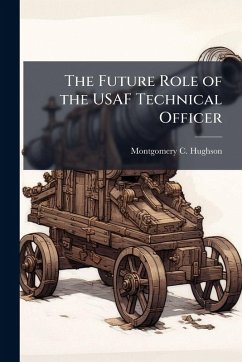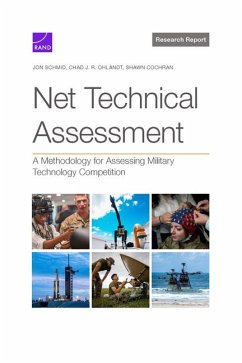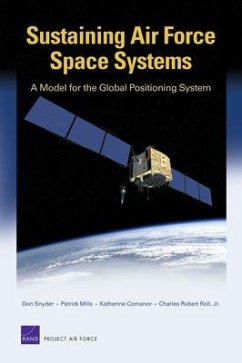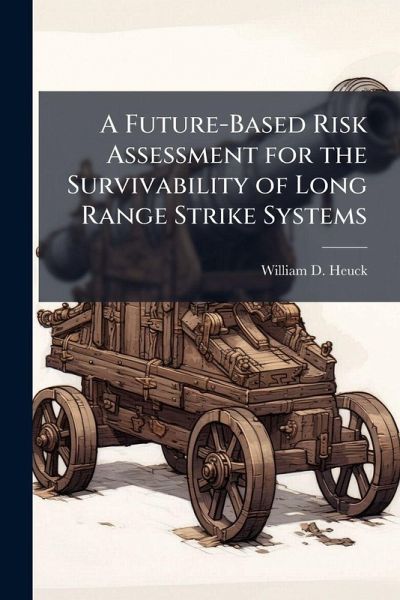
A Future-Based Risk Assessment for the Survivability of Long Range Strike Systems
Versandkostenfrei!
Versandfertig in über 4 Wochen
17,99 €
inkl. MwSt.
Weitere Ausgaben:

PAYBACK Punkte
9 °P sammeln!
The United States Air Force today faces the challenge of allocating development resources to prepare for future force projection requirements. In particular, the Air Force's core competency of Global Attack implies a future capability that can quickly and successfully deliver combat effects anywhere in the world with impunity. Understanding that the future threat environment is dynamic and that continued advancements by adversaries will likely degrade the technical superiority of today's weapon systems, the need arises for a planning model to direct development funding to areas with the greate...
The United States Air Force today faces the challenge of allocating development resources to prepare for future force projection requirements. In particular, the Air Force's core competency of Global Attack implies a future capability that can quickly and successfully deliver combat effects anywhere in the world with impunity. Understanding that the future threat environment is dynamic and that continued advancements by adversaries will likely degrade the technical superiority of today's weapon systems, the need arises for a planning model to direct development funding to areas with the greatest probability of successfully defending the strike vehicle of 2035. Examining this problem posed two distinct challenges. The first was to determine the most likely course of Integrated Air Defense System technology through the time period of interest--allowing for plausible disruptive technologies that generate orders-of-magnitude improvement in capability or even change the nature of air defense systems. The second challenge was to characterize future adversaries--requiring a broad look at political and economic trends as presented in AF 2025, SPACECAST 2020 and other relevant future studies. Based on these studies, threat scenarios were generated from technical assessments of emerging technologies and evaluated using the Risk Filtering, Ranking and Management (RFRM) technique (Haimes, 2004) to explore the most severe threats to a future global strike air vehicle. The application of RFRM to the problem created a coherent threat hierarchy that enables the decision maker to examine anticipated hostile systems that may counter key U.S. strengths of stealth, speed, and high altitude operations. This work has been selected by scholars as being culturally important, and is part of the knowledge base of civilization as we know it. This work was reproduced from the original artifact, and remains as true to the original work as possible. Therefore, you will see the original copyright references, library stamps (as most of these works have been housed in our most important libraries around the world), and other notations in the work. This work is in the public domain in the United States of America, and possibly other nations. Within the United States, you may freely copy and distribute this work, as no entity (individual or corporate) has a copyright on the body of the work. As a reproduction of a historical artifact, this work may contain missing or blurred pages, poor pictures, errant marks, etc. Scholars believe, and we concur, that this work is important enough to be preserved, reproduced, and made generally available to the public. We appreciate your support of the preservation process, and thank you for being an important part of keeping this knowledge alive and relevant.



